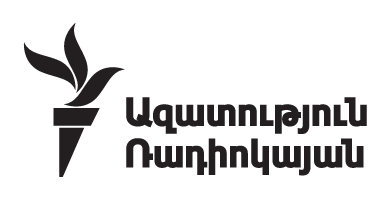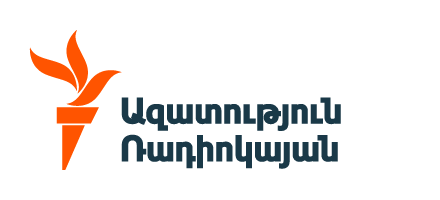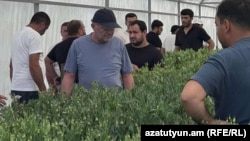The Russian agricultural watchdog Rosselkhoznadzor essentially blocked the import in late June, accusing the Armenian government of failing to “ensure the phytosanitary safety and traceability of flower products sent to Russia.” It said that some of those flowers are grown in third countries and also do not conform to sanitary standards set by the Eurasian Economic Union (EEU), a Russian-led trade bloc.
Armenia’s Food Safety Inspectorate scrambled to address the Russian concerns, stepping up sanitary controls and organizing video inspections of flower greenhouses for Rosselkhoznadzor. Fourteen Armenian entities have since been allowed to resume their lucrative exports to Russia. Data released by the inspectorate on Wednesday suggests that they account for a fraction of the flowers grown in Armenia.
The head of the Armenian government agency, Tigran Petrosian, traveled to Moscow and met with Rosselkhoznadzor chief Sergei Dankvert in an apparent bid to secure a further lifting of the Russian restrictions that sparked angry protests by some Armenian flower farmers more than two weeks ago.
“The parties agreed on the need to comply with the phytosanitary requirements of the EEU in mutual deliveries of products and also discussed in greater detail the procedure for admitting flowers to Russia,” Rosselkhoznadzor said after the talks.
In a statement, the Russian agency said Petrosian “guaranteed” Yerevan’s compliance with those requirements.
“The joint audit of greenhouses is continuing,” added the statement. “Rosselkhoznadzor will inspect some of the enterprises while the Armenian service will inspect other producers independently, with subsequent provision of appropriate guarantees.”
Russian government data shows that Armenia’s became last year Russia’s second largest supplier of cut flowers, with imports totaling $32 million. According to Rosselkhoznadzor, Armenia has exported over 71 million flowers to Russia so far this year, compared with 48.5 million in the same period of 2024.
According to the Food Safety Inspectorate, Petrosian assured Dankvert that these figures result from a rapid growth of the Armenian flower industry, rather than a re-export of flowers from third countries suspected by the Russians. He said there are currently more than 700 flower greenhouses in the South Caucasus country.
Russia is also the principal market for other agricultural products as well as alcoholic beverages exported by Armenia. According to the Rosselkhoznadzor statement, the physical amount of Armenian exports of fruits and vegetables to Russia has soared by over 50 percent since the beginning of this year.
Amid the Armenian government’s ongoing drift to the West, Moscow has occasionally and briefly banned some of those exports on similar sanitary grounds. Russian officials have repeatedly warned Yerevan of severe economic consequences of its continued efforts to join the European Union.
Prime Minister Nikol Pashinian reportedly told his Russian counterpart Mikhail Mishustin last week that he still has no plans to pull his country out of the EEU that gives it tariff-free access to the vast Russian market.






